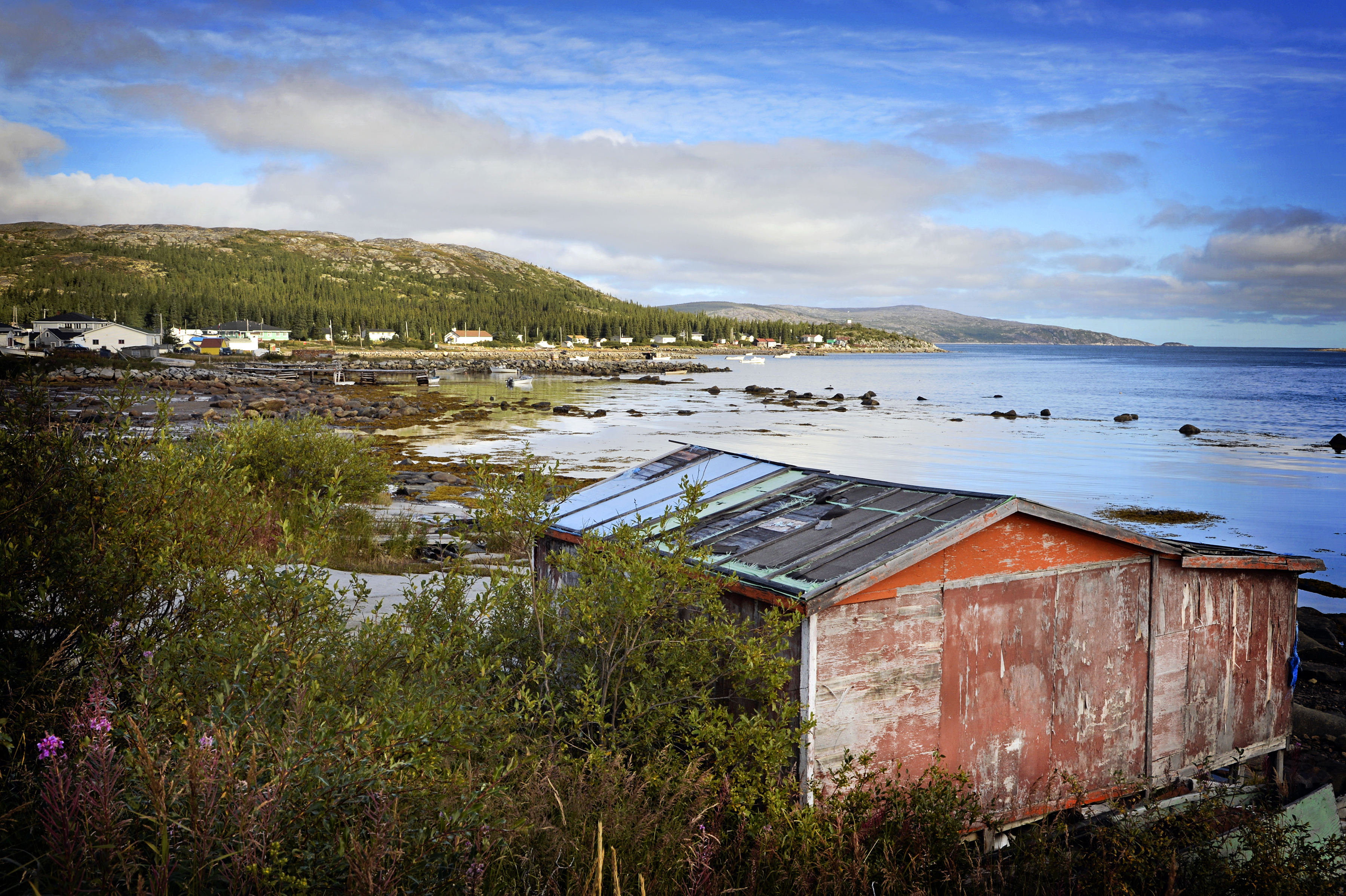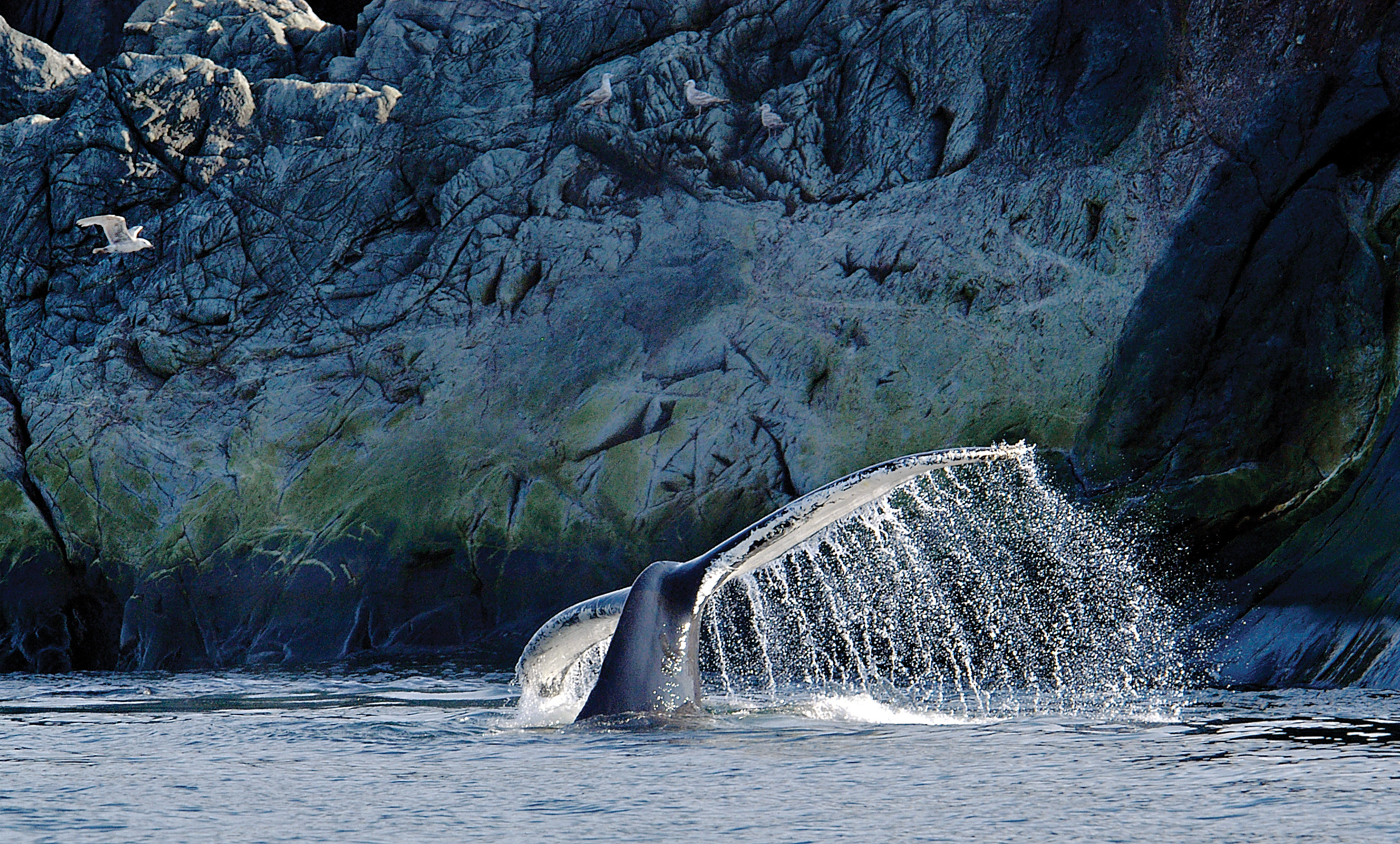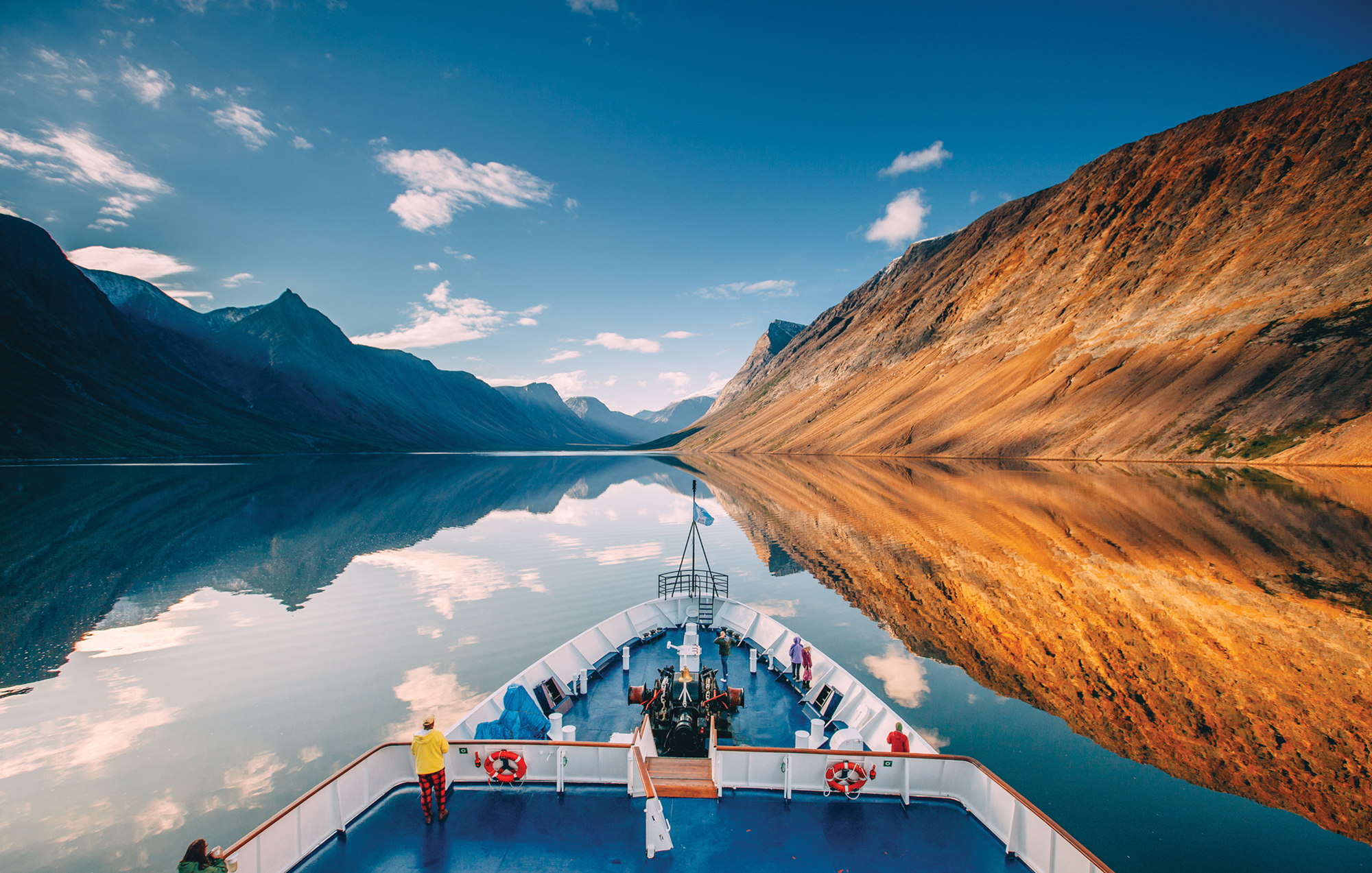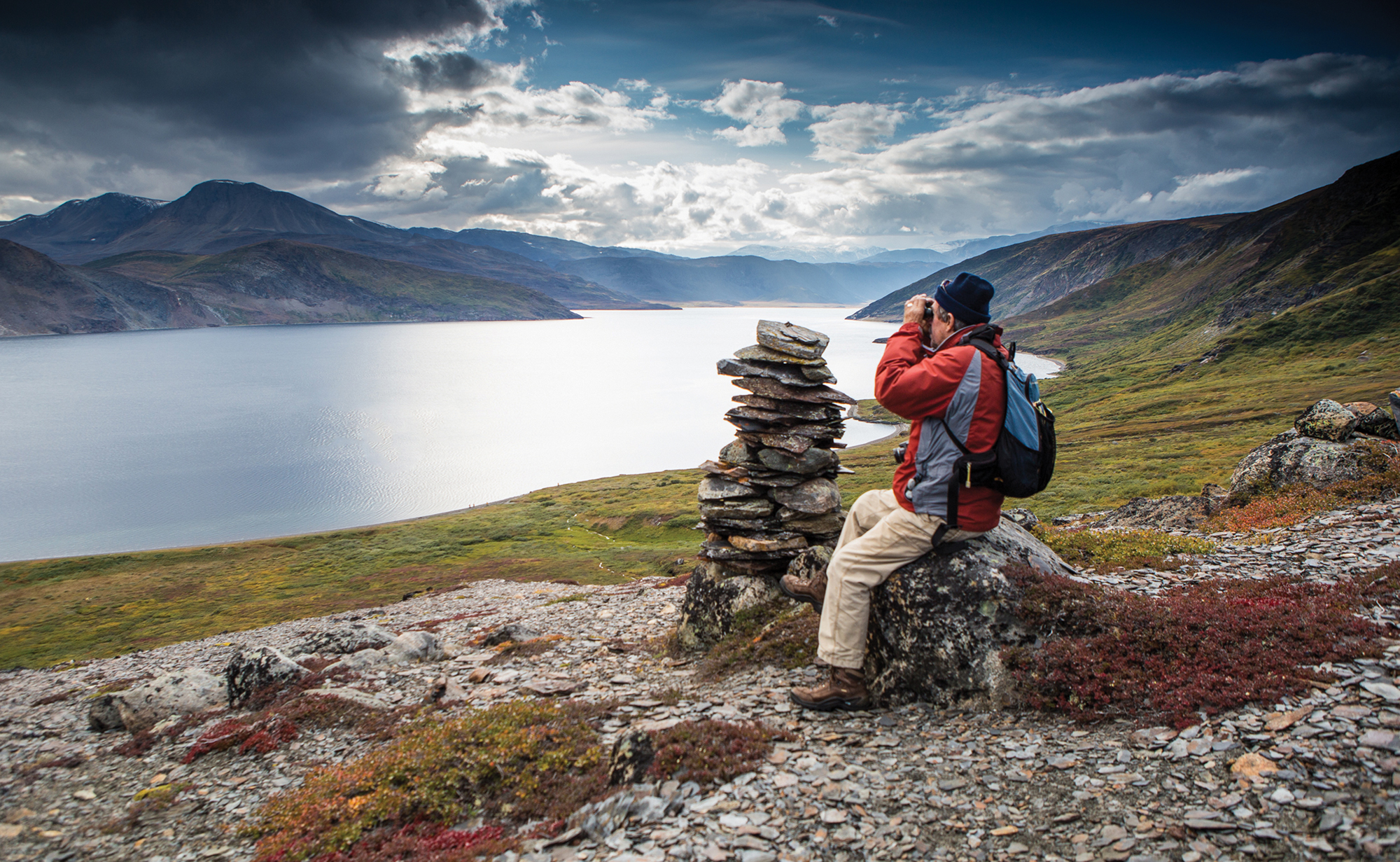The United States Navy predicts that the Arctic Region will be “ice-free” by 2030.
Though this date is hotly debated, it is difficult to argue that the ice is melting. For the first time in history, mainstream travel enthusiasts can explore an environment previously inaccessible. For those with wanderlust, there is no greater thrill than exploring such unadulterated destinations.

Now, as people race north and cruise companies answer the call for polar bear excursions, diving with narwhals, and other bucket list experiences, the world needs to look to the future and decide what is sustainable for a region commonly referred to as a barometer of our planet.
Disappearing ice
Average Arctic temperatures are rising almost twice as fast the global average rate. The National Snow and Ice Data Center (NSIDC) reports that 2016 saw another record low. In some predictions, Arctic late-summer ice will disappear entirely in the latter half of this century.
David Prieto, a graduate from Columbia University with a Masters degree in sustainability management, says that Arctic ice continues to melt exponentially. As ice decreases, he explains, more ocean is exposed, and the water (being darker than ice) absorbs 90 percent of the heat from the sunlight that hits it, accelerating the melting process.
Prieto, who previously focused on ecotourism in Micronesia, was part of 12 researchers and storytellers between the ages of 18 and 30 were funded to visit the Arctic region this summer as part of Adventure Canada and The Explorer Club’s new Young Explorers Program.
“It will be seasonal ice,” Prieto explained, “which is thinner and more unpredictable in contrast to multiyear ice, which is more than three meters thick on average.
“I think the Arctic is a microcosm of what might happen to Western nations and globally throughout the 21st century. Whatever decisions are made in the Arctic (and the Pacific), both of which are the front lines of climate change, will affect everyone down the line.”
Exploring the Arctic
Large-scale tourism is being encouraged as the melted ice opens up new routes. Last month, luxury cruise ship Crystal Serenity became the largest vessel to ever traverse the Northwest Passage – the notoriously remote Arctic Ocean sea route connecting the Atlantic and Pacific Oceans. The 1-D ice-classed vessel safely brought 1,000 passengers and 600 crew members from Anchorage to New York during late August and early September.

The cruise raised awareness and motivated people from around the world to understand and become passionate about an area and a culture that was previously isolated and romanticized. Food and souvenir sales while in port also provided economic benefits to the Arctic’s indigenous villages, and all the proceeds from a book of passengers’ photos will go directly to local Arctic communities.
However, the ship’s sheer size and number of passengers elicited numerous concerns. According to the Arctic Atlas, approximately 13.1 million people currently live in the Arctic (Los Angeles County alone has over 10 million). Only about 4 million of these people are indigenous, and they are spread out between eight countries (Canada, Denmark/Greenland, Iceland, Norway, Sweden, Finland, Russia, and the United States) and more than 40 different ethnic groups. This means that the number of passengers onboard Crystal Serenity matched or exceeded the number of people in many of its host communities.
Waste disposal and the Arctic’s limited resources for large oil spills and extensive search and rescue missions were also worrisome. Right before the ship set sail in August, the United States Coast Guard and Alaskan Command partnered for a major search and rescue exercise that simulated a large-scale tourist emergency, but it consisted of only 250 passengers and crew—further justifying the concerns of what would happen during a catastrophic accident involving 1,600 people.
Crystal Cruises’ CEO Edie Rodriguez pledges that all of these issues were thoroughly considered and addressed before the vessel set sail.
“For three years we planned this,” Rodriguez told Ethical Traveler. “We went beyond the call of duty at every turn. And we made history.”
Crystal Serenity ran on low sulfur fuel, as did its accompanying British icebreaker Ernest Shackleton. Every passenger was required to purchase $50,000 of travel insurance, and accompanying helicopters were ready at a moment’s notice if the need for an air evacuation arose.

Black- and grey-water were also treated and dumped no less than 12 nautical miles from shore, in accordance with MARPOL’s (International Convention for the Prevention of Pollution from Ships) regulations. However, some advocates, like Austin Ahmasuk—the marine advocate for Kawerak (a nonprofit tribal consortium in Nome, Alaska that contracts with the U.S. state and federal government to provide cultural, environmental, educational, and other services to the Bering Strait Region) feels the restriction is inadequate and difficult to regulate.
What comes next?
With these precautions in mind, Geoff Green, Founder and Executive Director of Students on Ice—an educational foundation that has taken over 2,500 students, scientists, and educators to the Arctic and Antarctica—is less concerned about Crystal Serenity and more worried about what comes next.
“[Crystal Serenity] is a whole new ball game,” says Green, who was appointed to the Order of Canada in 2012 and voted as one of the ‘Top 5 Canadian Explorers to Watch’ by Outpost Travel Magazine.
“The Serenity took a lot of precautions. Hired a lot of good people. An icebreaker escort is unheard of. But if other companies see this success, they might go without the diligence and homework that this first ship has shown. It’s a slippery slope.”
Engaging with Indigenous cultures
Despite this fear, Green believes strongly in the power of experiencing new destinations and cultures. “I think [travel] is part of the solution. True commitment and change happens when you touch people in their heart… if you do it right.”
For Green, doing it right means making sure indigenous cultures are deeply involved in the planning and execution of travel itineraries. For Students on Ice’s most recent Arctic voyage, which took place in August, 52 of the 120 children onboard were Inuit, as were about a dozen educators.

“I don’t do it because I’m trying to meet a quota,” Green is careful to point out. “I do it because it makes our program a million times better.”
Small community visits with a limited number of passengers were a highlight of Crystal Serenity’s available excursions, and Edie Rodriguez collaborated closely with Inuit communities.
“We made so many trips up there prior to get their buy in and approval or we wouldn’t have done it,” Rodriguez explained. “They embraced us and asked us to ‘Please keep coming back.’”
This is not, however, a universal sentiment. Of Inupiaq decent and born and raised in Nome (current population of about 3,600), Austin Ahmasuk is “somewhat critical” of the opening of the Arctic and increased traffic for two reasons: ship discharge and oil and hazardous spill response. Both personally and professionally invested in Crystal Serenity’s maiden Northwest Passage voyage (which included 13 hours in Nome’s port) Ahmasuk followed the ship’s progress watching footage from its onboard camera a couple times a day.
“Regardless of the cruise ship industry reaching out [to the Inuit] (which they don’t do very often; they did for this particular voyage fairly early on),…we want clean water,” says Ahmasuk. “The ramification to our people is a frightening impact on food security.”
Balancing Tourism with Sustainability
Tourists need to be aware of the ethical and environmental policies of travel companies prior to entering the vulnerable region.
“It’s a time where a lot of change is happening extremely quickly,” says Green. “You’ve got a culture that has gone from igloos to Internet in one generation.
“Are we going to go into the Arctic and destroy it like we’ve done everywhere else in the world? There’s still time to make the right choices. It’s not too late.”
Read Ethical Traveler's Reprint Policy.
